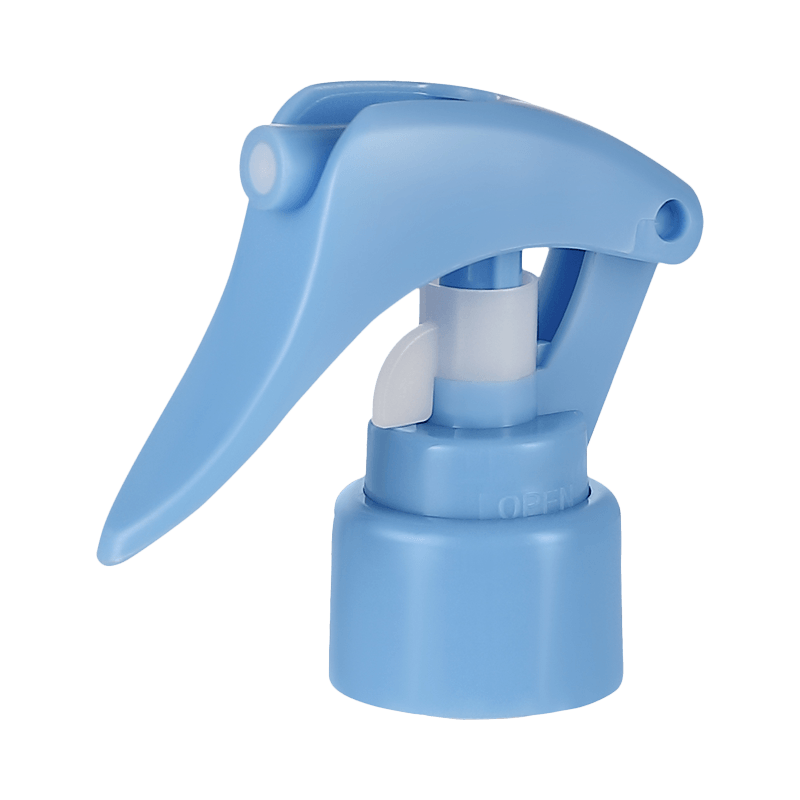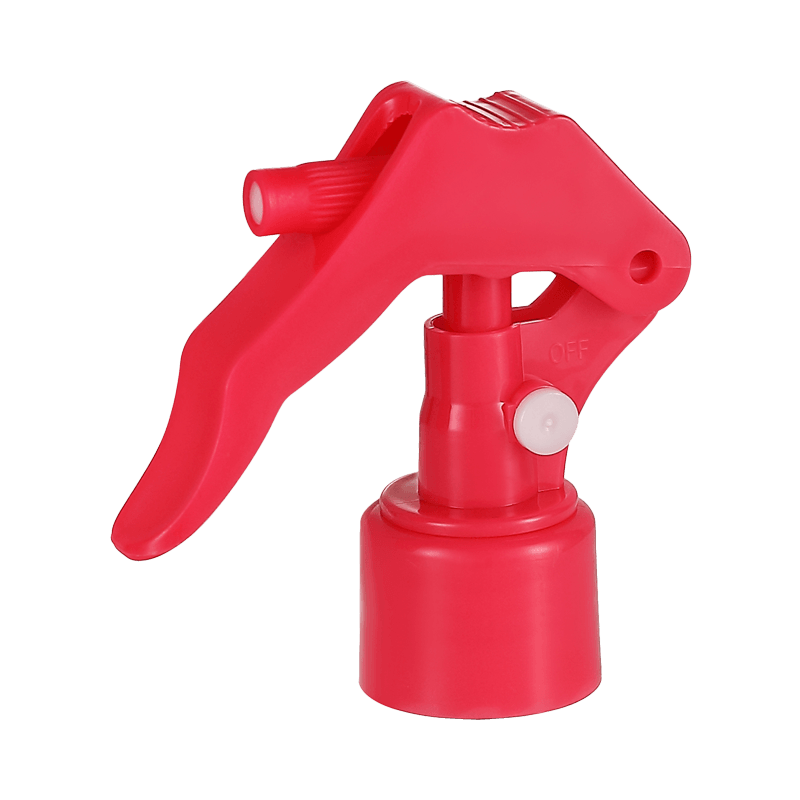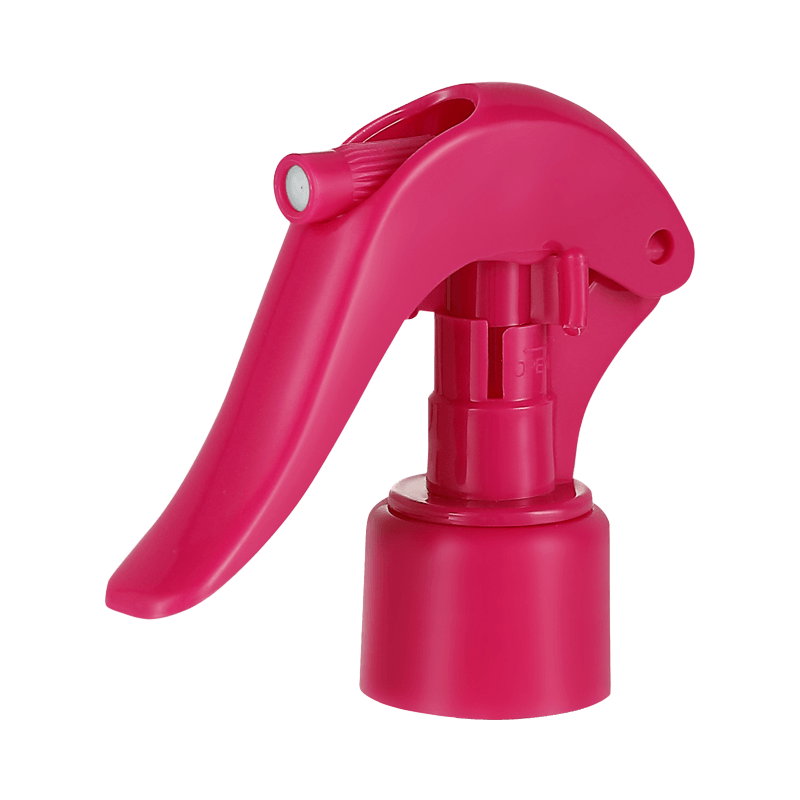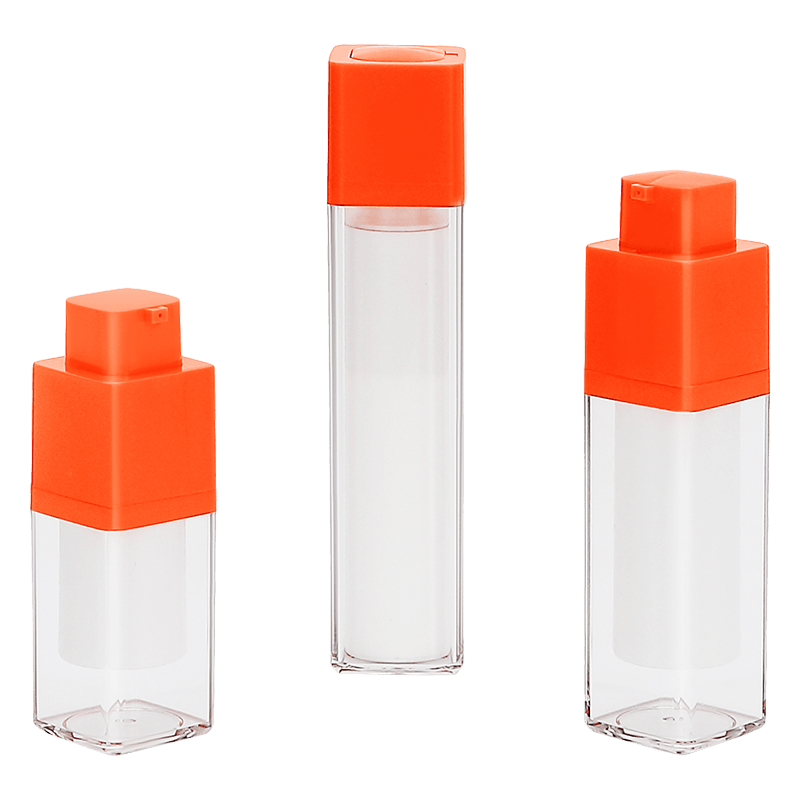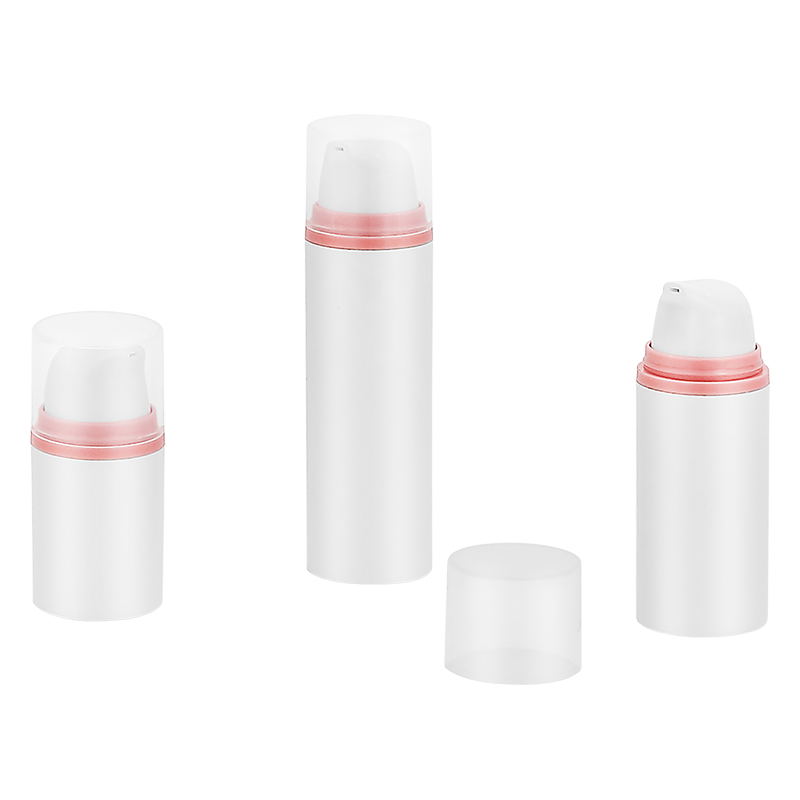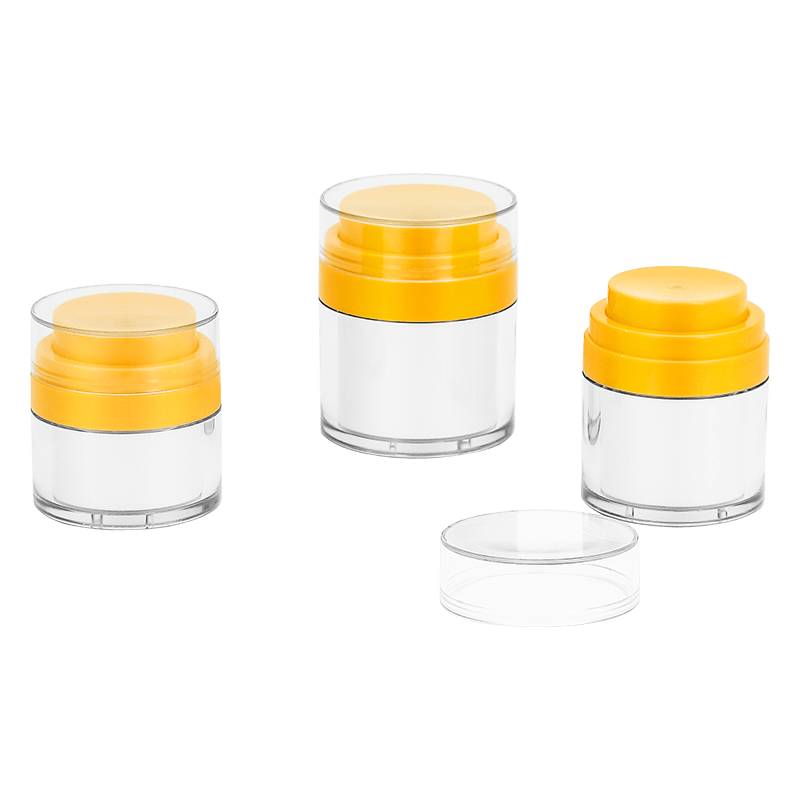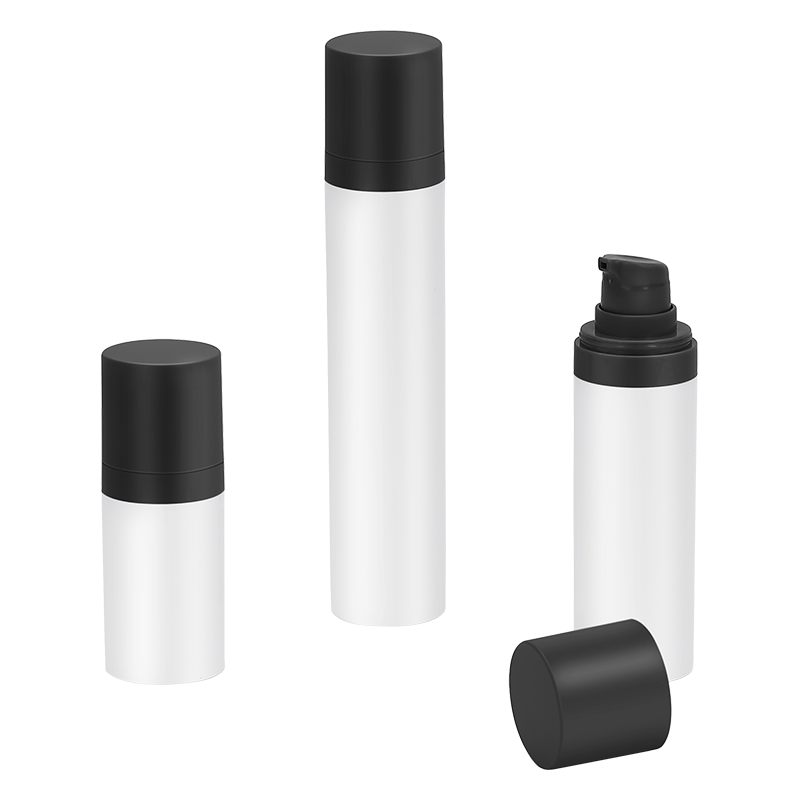As an indispensable and convenient tool in modern life, the Continuous Spray Bottle is widely used in many fields such as personal care, household cleaning, gardening care, and medical disinfection. In order to ensure the internal liquid stability of the spray bottle, the effectiveness of the spray function and the service life of the overall product, a reasonable storage environment is crucial.
Temperature and humidity control
temperature management
Temperature is an important factor to control when storing continuous spray bottles. Different types of spray bottles contain liquids with varying degrees of sensitivity to temperature. For example, some perfumes and skin care products may accelerate oxidation under high temperature conditions, causing the ingredients to deteriorate or produce odor; while some disinfectants and pesticides may decompose under high temperatures and release toxic gases. Therefore, it is recommended to store spray bottles in an environment with a relatively stable temperature, with the ideal temperature range being 15°C to 25°C. Avoid exposing spray bottles to extreme temperatures, such as direct sunlight in the summer or cold outdoors in the winter.
Humidity management
Humidity also has a significant impact on the storage of spray bottles. Excessive humidity can cause the plastic parts of the spray bottle to become moldy, the metal parts to rust, and even cause the spray head to clog. In addition, excessive humidity may also affect the stability of the internal liquid, causing hydrolysis or crystallization of certain chemical components. Therefore, it is recommended to store spray bottles in an environment with a relative humidity below 60%. If necessary, use a dehumidifier or desiccant to reduce the humidity of the storage environment.
Lighting and ventilation requirements
Avoid direct sunlight
Ultraviolet rays from sunlight are destructive to the plastic parts of spray bottles, possibly causing them to age, deform, or even crack. At the same time, long-term direct sunlight may also accelerate the oxidation process of the internal liquid, causing the ingredients to deteriorate. Therefore, spray bottles should be stored in a cool, well-ventilated place away from direct sunlight.
keep ventilated
Good ventilation conditions help reduce the humidity and temperature of the storage environment and reduce the growth of mold and bacteria. At the same time, ventilation can effectively disperse harmful gases that may be produced in the spray bottle, such as chlorine released after the decomposition of some disinfectants. Therefore, it is recommended to store spray bottles in a well-ventilated area and avoid closed storage for long periods of time.
Prevent contamination and cross-contamination
Cleaning and Disinfection
Always clean and disinfect spray bottles thoroughly before storing to remove potential dirt and microorganisms. This not only helps extend the life of the spray bottle, but also effectively reduces the risk of contamination of the liquid inside.
Classified storage
Different types of spray bottles should be stored in categories to avoid contamination with each other. For example, store cosmetics separately from disinfectants to prevent cosmetics from being contaminated by chemical ingredients in disinfectants.
Use dedicated storage containers
It is recommended to use a dedicated storage container to store spray bottles, such as a plastic box or wooden box. These containers should have good sealing properties to prevent the intrusion of external contaminants.

 中文简体
中文简体 English
English русский
русский